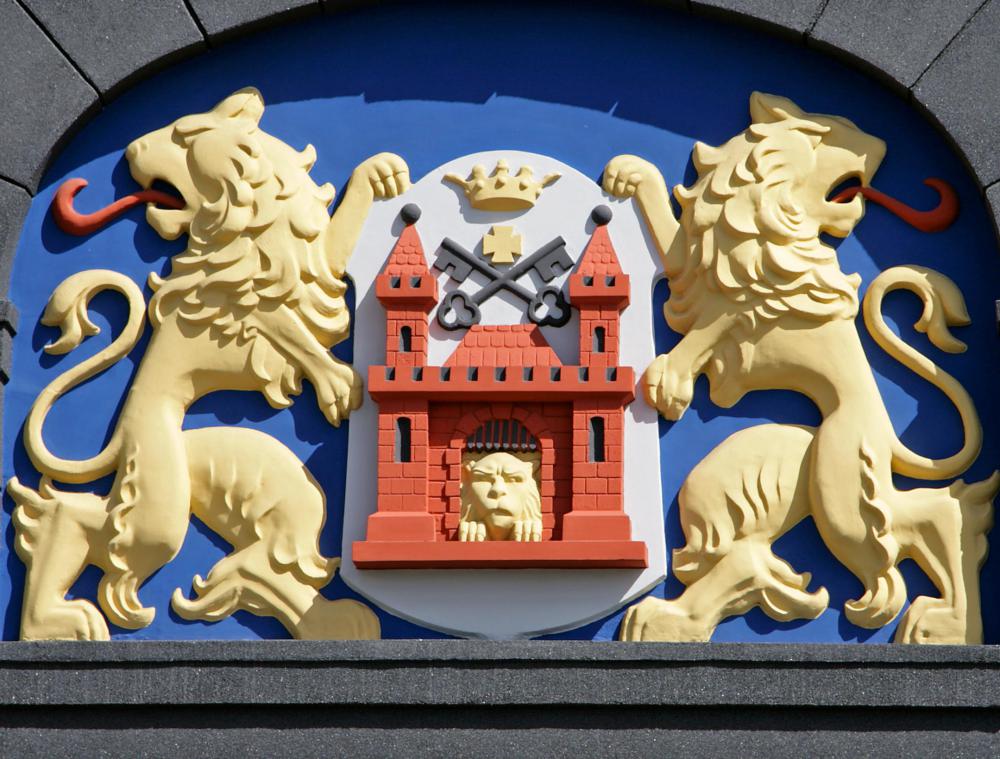At HomeQuestionsAnswered, we're committed to delivering accurate, trustworthy information. Our expert-authored content is rigorously fact-checked and sourced from credible authorities. Discover how we uphold the highest standards in providing you with reliable knowledge.
What is a Plinth?
A plinth is a stone structure used in classical architecture. Traditionally, this stone block served as a support for a building column. Today, plinths may act as a base for any number of structures, including statues or monuments. Depending on the architectural design of the structure, the plinth may vary from a basic stone block to one with intricate detailing.
In traditional column design, the plinth rests directly on the "stylobate," or ground level. It helps to distribute the load of the column over a larger area of the ground, which allows the column to safely carry heavier loads than it could without a base. In some applications, the column sat directly on top of the plinth, relying on gravity to hold the structure together. Other builders added pins or dowels to the center of the column to join them to the base. In rare cases, the plinth block and column were carved from a single piece of stone.

While plinths were historically made from limestone or marble, modern versions can be made from any number of materials. Stone is still popular for some applications, though concrete can be used to cut costs and maintain high levels of strength and durability. Wood and metal allow builders to create plinths with a unique finish, and composite materials reduce the overall weight of the structure while maintaining a high level of performance.
The most basic plinth blocks consist of a single, unadorned block of stone. They may be square or rectangular, though some are carved into rounded shapes. More elaborate plinths are highly decorative, and are engraved with words or images.

In modern architecture, the term "plinth" is used for additional applications beyond the basic column or monument support base. It may refer to a large panel installed above a door. These door plinths often feature a family coat of arms, or some other design consisting of flowers, vines, or other shapes. This panel is typically made of wood, though some exterior versions are made of marble or some other form of stone.
In some parts of the world, the term "plinth level" is also used to refer to levels within a building. Plinths sit directly on the ground and serve as a base for a column or structure, so this term typically refers to the ground level of a building. Technically, it references the level that rests on top of the building's foundation system.
AS FEATURED ON:
AS FEATURED ON:












Discussion Comments
My husband is a realtor and I had heard him use the term 'plinth heater'. I had assumed plinth had to do with the mechanism in these heaters which are typically found in kitchens and bathrooms - now I know 'plinth' refers to the placement of the heater! (These heaters are installed into the base of a wall which is why they are also known as kickboard heaters or baseboard heaters).
I even found plinths at Ikea (the home-everything store). The plinth I found was a kitchen plinth and was a part of the frame for the kitchen cabinets. Its official - Ikea has everything!
Post your comments